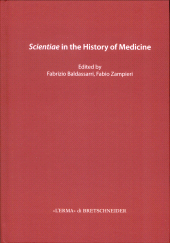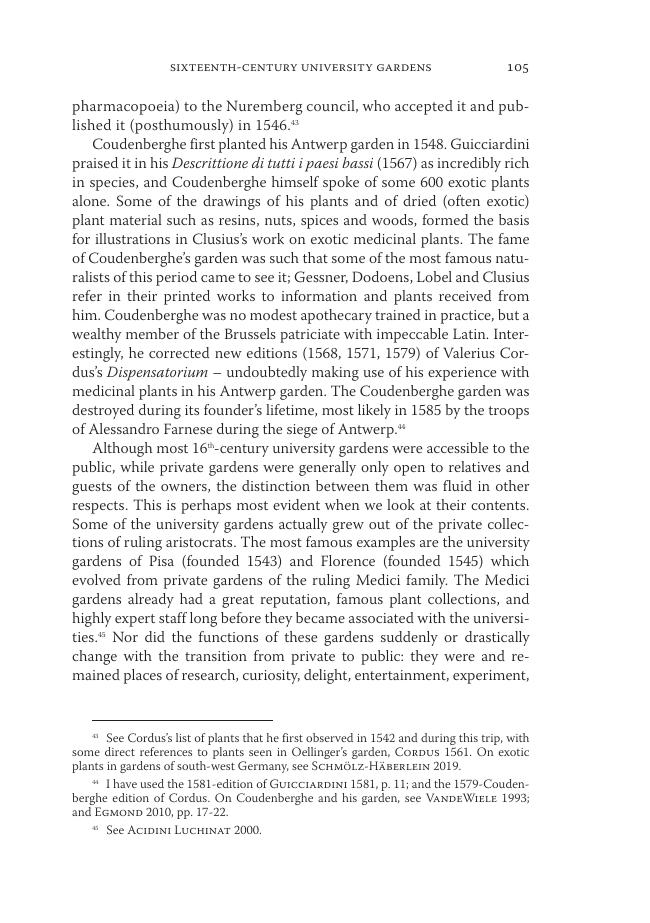Sixteenth-century university gardens in a medical and botanical context
P. 89-120
In the middle of the sixteenth century, a young physician from the south of Germany undertook a long journey in order to improve his professional knowledge. During this medical peregrination that lasted some seven years (1548-1555), Lorenz Gryll (also Laurentius Gryllus, 1524?-1560) visited nearly the whole of Western Europe. His trip was funded by the extremely wealthy Fugger family, and one of its explicit purposes was that Gryll – after his return to Germany – would help improve the standards of medicine and medical teaching in his native region by introducing what he had learned in the core zones of medical innovation in Europe, that is Italy and France.
Gryll's journey, which we can follow thanks to his own account, triggers the main themes in this contribution about university gardens, medicine and botany in the 16th century: how medicinal were these university gardens, and in which contexts can we study their functions and uses? This excursion ultimately reveals the multifunctional organization of university gardens that went beyond mere medical teaching and ultimately shaped early modern culture. [Publisher's text]
-
Chapitres du même volume (disponibles individuellement)
-
Informations
Code DOI : 10.48255/M.9788891320186.04
DISCIPLINES



